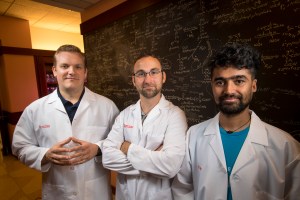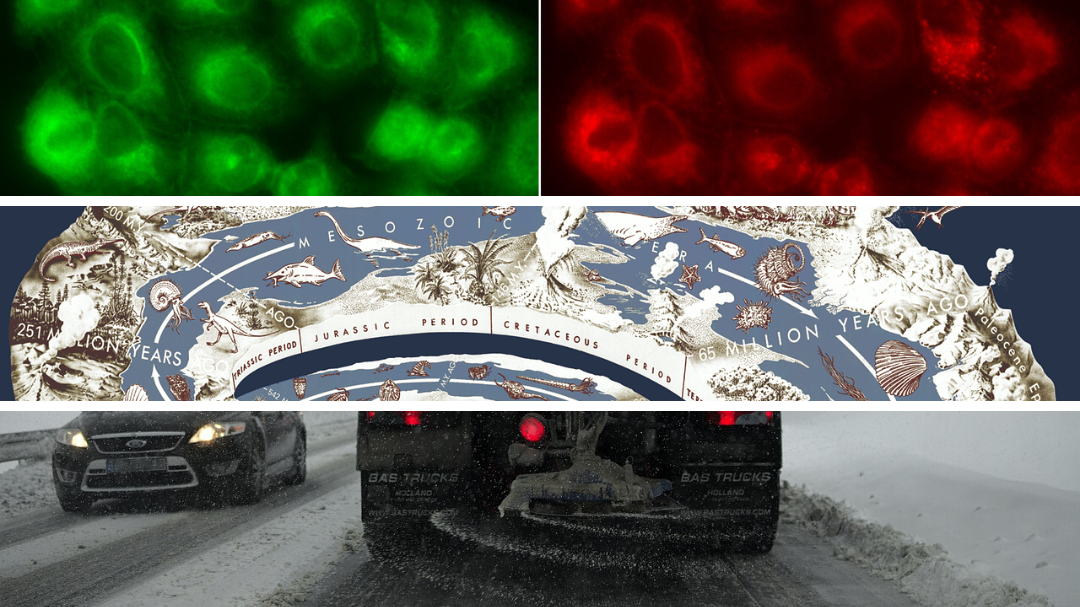John Tolley, November 23, 2019
Every week, BTN LiveBIG?s B1G Bites brings you the latest news from around the conference on the topics of health, environmental issues and economic innovation.
These stories showcase the breadth and depth of research occurring at our 14 member universities. From robotics to recycling, smart agriculture to spirited entrepreneurship, the Big Ten is committed to pushing boundaries that will help build a more prosperous, peaceful, just, clean and healthy future for generations to come.
Remember, these B1G Bites are just the tip of the iceberg. For more, please check out the BTN LiveBIG archives.
Michigan State: Taking steps to tackle cancer
Scientific breakthroughs don?t always happen in labs. For Sophia and Richard Lunt, Michigan State University researchers, many of their breakthroughs happen during neighborhood walks.
The married couple?s step-by-step approach has revealed - for the first time - a new way to detect and attack cancer cells using technology traditionally reserved for solar power. The results, published in the current issue of Scientific Reports, showcase dramatic improvements in light-activated fluorescent dyes for disease diagnosis, image-guided surgery and site-specific tumor treatment.
Minnesota: Can music and dance reduce salt pollution?
Each winter, Minnesota uses thousands of tons of salt on public roads and on private properties. This de-icing salt gets into lakes, streams and groundwater, threatening drinking water and aquatic life. One part of reducing salt usage is helping people understand the impact improper and excessive de-icing has on their local watersheds.
But how to do that?
University of Minnesota expert Mark Pedelty and his collaborators created Ecosong.Net to inform the public about chloride pollution - and other environmental stressors - in an entertaining way. Their four-minute original music video, ?Watershed,? a collaboration with the Mississippi Watershed Management Organization, has been used by the Minnesota Pollution Control Agency and local townships to engage and education communities across the state of Minnesota.
Rutgers: Researchers Set Out to Prove Evolution of All Life, Possibility of Extraterrestrial Life

Using a computer and a protein synthesizer, Josh Mancini builds proteins that are supposed to resemble those that would have existed 4 billion years ago, before life arose on Earth.
He places millions of the tiny protein molecules, resembling white powder, into an oxygen-free chamber that mimics the conditions of the primordial Earth. He adds nickel - an element these pre-life proteins might have bonded with for catalysis to occur. And he tests to see if a similar reaction takes place in his chamber at Rutgers University-New Brunswick?s Department of Marine Science and at the Center for Advanced Biotechnology and Medicine Building.







 See what's coming up live on B1G+ every day of the season at BigTenPlus.com.
See what's coming up live on B1G+ every day of the season at BigTenPlus.com. 